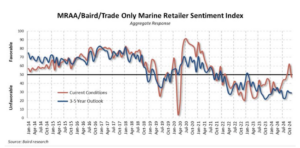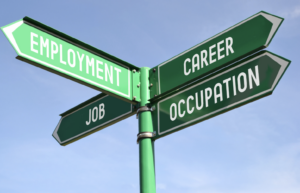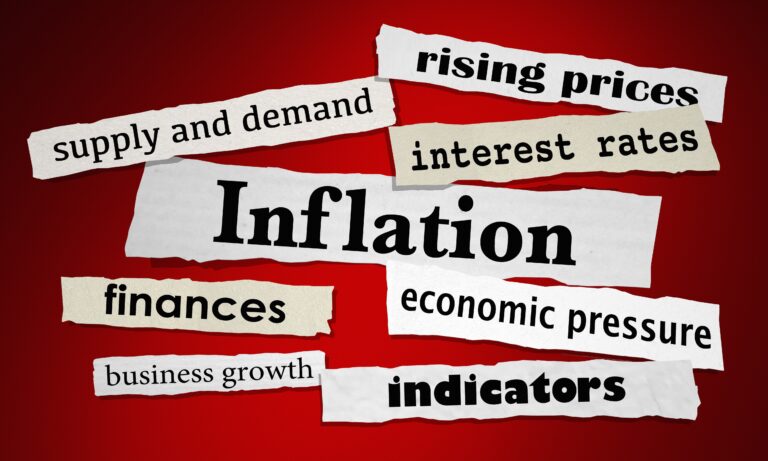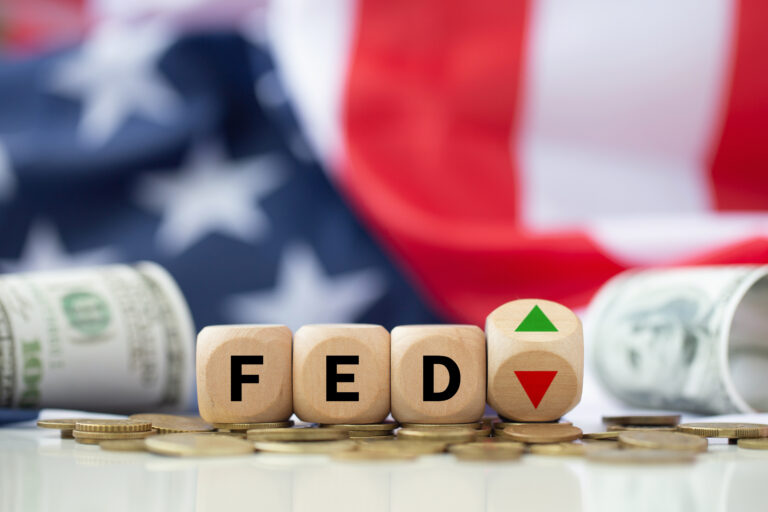
The Conference Board reported that its Consumer Confidence Index slipped in September to 109.3 from a previous reading of 115.2 in August, as the coronavirus pandemic weighed heavy on consumers’ minds.
“Consumer confidence dropped in September as the spread of the delta variant continued to dampen optimism,” Lynn Franco, senior director of economic indicators at The Conference Board, stated in a press release.
“Concerns about the state of the economy and short-term growth prospects deepened, while spending intentions for homes, autos and major appliances all retreated again,” Franco added. “Short-term inflation concerns eased somewhat but remain elevated. Consumer confidence is still high by historical levels — enough to support further growth in the near term — but the index has now fallen 19.6 points from the recent peak of 128.9 reached in June. These back-to-back declines suggest consumers have grown more cautious and are likely to curtail spending going forward.”
A separate reading of consumers’ mood was slightly higher in September. The University of Michigan reported that its Consumer Sentiment Index rose to 72.8 from 70.3 in August.
“Consumer sentiment edged upward in late September, although the overall gain still meant the continuation of depressed optimism, initially sparked by the delta variant and supported by persistent inflation and unfavorable long-term prospects for the national economy,” Richard Curtin, chief economist of the university’s Surveys of Consumers, stated in a press release. “Consumers do not view economic conditions as conducive to establishing an inflationary psychology, a self-fulfilling prophecy. Instead, consumers have favored postponement due to what they still consider a transient spike in prices.
“While this reaction may well fade in the months ahead, the shift toward postponement of purchases has been so significant that it could not be quickly reversed,” Curtin added, stressing that all-time low buying attitudes posted small further declines due to complaints about prices for homes, vehicles and durables. Even if transient, higher inflation has already decreased living standards, he stated, “further damage is anticipated, as just 18 percent of all households anticipated income gains would be larger than the expected inflation rate.”
The U.S. Department of Commerce reported that consumer spending rose 0.8 percent in August, but it was up only 0.4 percent when inflation was taken into account. The department also revised its July figure to a decline of 0.1 percent, down from the 0.3 percent gain it previously reported.
“Third-quarter consumer spending is on track for only a scant gain,” Tim Quinlan, a senior economist at Wells Fargo, told Reuters. “If Covid cases keep falling and sentiment turns positive, there is scope for a more solid finish to this tumultuous year.”
Inflation rose in August. The Personal Consumption Expenditures Price Index, the Federal Reserve’s preferred inflation gauge, rose 0.3 percent when the volatile food and energy sectors were filtered out. That core rate of inflation rose 3.6 percent in the 12-month period through August.
Federal Reserve chairman Jerome Powell told the U.S. House Financial Services Committee in late September that the inflation the country is experiencing is largely caused by “supply-side bottlenecks over which we have no control. But I would say that we do expect in the first half of next year to see some relief, depending on the bottleneck in question, and inflation should move down.”
The Conference Board reported that its Leading Economic Index (LEI) rose by 0.9 percent in August, to 117.1, after increases of 0.8 percent in July and 0.6 percent in June. The index attempts to predict future economic activity.
“The U.S. LEI rose sharply in August and remains on a rapidly rising trajectory,” Ataman Ozyildirim, senior director of economic research at The Conference Board, stated in a press release. “While the Delta variant — alongside rising inflation fears — could create headwinds for labor markets and the consumer spending outlook in the near term, the trend in the LEI is consistent with robust economic growth in the reminder of the year. Real GDP growth for 2021 is expected to reach nearly 6 percent year over year before easing to a still-robust 4 percent for 2022.”
The mood among the nation’s small businesses improved slightly in August. The National Federation of Independent Business reported that its Small Business Optimism Index rose 0.4 points, to 100.1.

“As the economy moves into the fourth quarter, small business owners are losing confidence in the strength of future business conditions,” NFIB chief economist Bill Dunkelberg stated in a press release. “The biggest problems facing small employers right now is finding enough labor to meet their demand and for many, managing supply-chain disruptions.”
Fifty percent of NFIB member businesses reported that they had job openings they could not fill. That was up 1 percent from July and was a record-high reading for the second month in a row.
Confidence among the nation’s homebuilders improved modestly in September. The National Association of Home Builders reported that its NAHB/Wells Fargo Housing Market Index rose one point, to 76.
“Builder sentiment has been gradually cooling since the HMI hit an all-time-high reading of 90 last November,” NAHB chairman Chuck Fowke stated in a press release. “The September data show stability as some building material cost challenges ease, particularly for softwood lumber. However, delivery times remain extended, and the chronic construction labor shortage is expected to persist as the overall labor market recovers.”
NAHB chief economist Robert Dietz added: “The single-family building market has moved off the unsustainably hot pace of construction last fall and has reached a still hot but more stable level of activity, as reflected in the September HMI. While building material challenges persist, the rate of cost growth has eased for some products, but the job-openings rate in construction is trending higher.”
The HMI index that gauges current sales conditions rose one point, to 82; the component that measures the traffic of prospective buyers advanced two points, to 61; and the gauge that charts sales expectations in the next six months was unchanged, at 81.
Any number over 50 indicates that more builders view conditions as good rather than poor.
The Commerce Department reported that sales of new homes rose 1.5 percent in August, to a seasonally adjusted annual rate of 740,000, up from 729,000 in July.
“This report continues to highlight the ongoing difficulties that homebuilders are facing as they attempt to work through their current construction backlog, due to a shortage of labor and elevated material costs and outright shortages,” Mark Palim, deputy chief economist at Fannie Mae, told Reuters.
Home resales fell in August after two months of increases. The National Association of Realtors reported that sales of existing homes fell 2 percent from July to a seasonally adjusted annual rate of 5.88 million.
“Sales slipped a bit in August as prices rose nationwide,” Lawrence Yun, the NAR’s chief economist, stated in a press release. “Although there was a decline in home purchases, potential buyers are out and about searching, but much more measured about their financial limits, and simply waiting for more inventory.”
The median existing-home price in August was $356,700, up 14.9 percent from the same month a year previous, as prices increased in each region of the country. The increase marks 114 straight months of year-over-year gains.
This article was originally published in the November 2021 issue.











